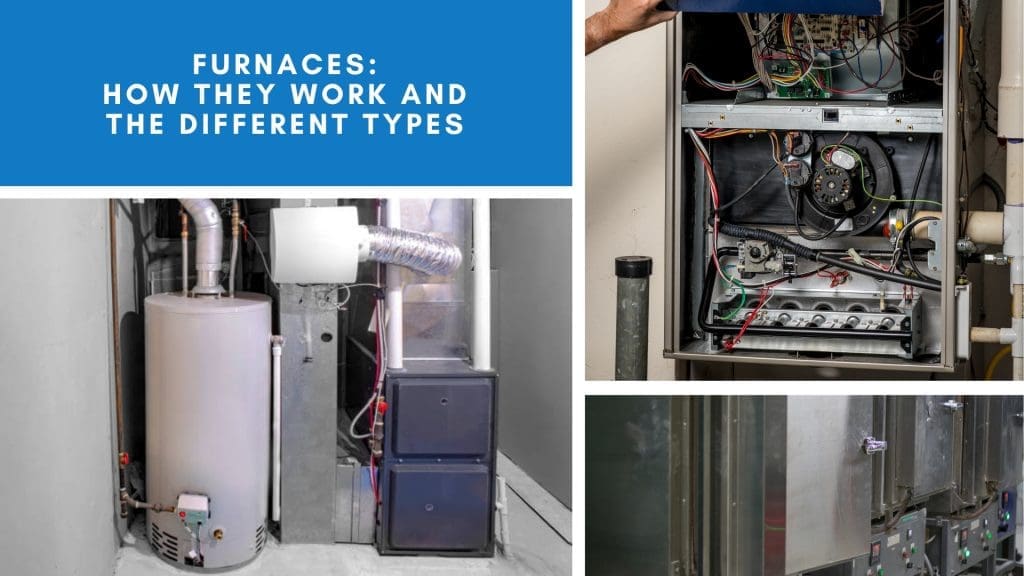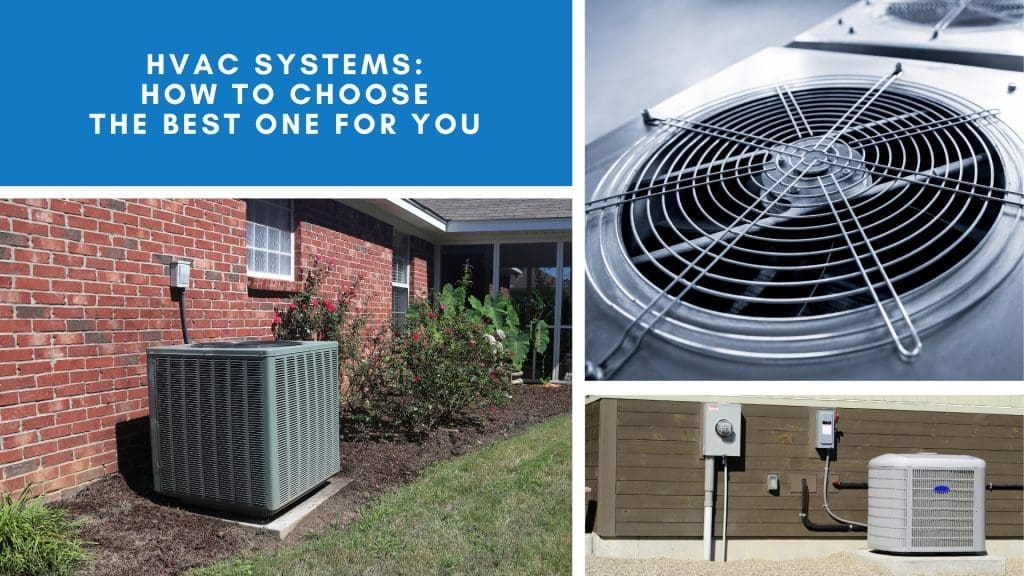Ensuring optimal air quality within our living and working environments is paramount for health and comfort. The role of air conditioning (AC) systems and air filters in maintaining indoor air quality cannot be overstated. One critical aspect that directly influences air quality is the MERV rating of air filters. This article delves into the significance of air quality, explains MERV ratings, guides on choosing the right MERV rating, and provides best practices for AC maintenance and air filtration technologies. Let’s explore how you can achieve optimal air quality through informed decisions and proper practices.

Understanding Air Quality and Its Importance
Air quality significantly impacts our health and well-being. Poor air quality can lead to respiratory issues, allergies, and exacerbation of existing health conditions. The presence of pollutants such as dust, pollen, mold spores, and smoke in the air can cause immediate symptoms like sneezing and coughing, as well as long-term health consequences.
Indoor air quality (IAQ) is especially important as we spend a significant amount of time indoors, whether at home, offices, or other enclosed spaces. Good IAQ ensures a healthy environment, reduces the risk of illness, and enhances overall comfort. Managing IAQ involves controlling sources of pollutants, ensuring adequate ventilation, and using effective air filtration systems.
Beyond health, air quality also affects productivity and mood. Poor air quality can lead to fatigue and lack of concentration, affecting work performance and daily activities. Thus, maintaining optimal air quality is crucial for a healthy and productive lifestyle.
Introduction to MERV Ratings for Air Filters
MERV stands for Minimum Efficiency Reporting Value. It is a standard that rates the effectiveness of air filters based on their ability to capture particles of varying sizes. The MERV rating scale ranges from 1 to 20, with higher numbers indicating greater filtration efficiency.
Filters with low MERV ratings (1-4) are typically used in residential settings to capture large particles like dust and pollen. Medium MERV ratings (5-13) are more common in commercial buildings, capable of trapping smaller particles such as mold spores and pet dander. High MERV ratings (14-20) are usually found in environments requiring stringent air quality control, such as hospitals and laboratories, as they can capture very fine particles, including bacteria and viruses.
Understanding MERV ratings helps consumers and facility managers choose the appropriate filter for their specific needs, balancing air quality improvement with system efficiency and maintenance requirements.
How MERV Ratings Affect Indoor Air Quality
Higher MERV ratings translate to better filtration and removal of airborne contaminants. Filters with higher ratings can capture smaller particles that lower-rated filters might miss. As a result, using a high-MERV filter can significantly improve indoor air quality by reducing allergens, dust, and other pollutants.
However, one must consider the impact on airflow and HVAC system performance. High-MERV filters, while more effective at capturing fine particles, can restrict airflow if the HVAC system is not designed to handle the increased resistance. This can lead to reduced efficiency, higher energy consumption, and potential strain on the system.
Selecting the right MERV rating involves balancing filtration efficiency with system compatibility. It’s crucial to consult with HVAC professionals to ensure that the chosen filter enhances air quality without compromising the system’s performance.
Choosing the Right MERV Rating for Your Needs
When choosing a MERV rating, consider the specific needs of your environment. For residential settings, a MERV rating between 8 and 12 typically provides a good balance of air quality improvement and system performance. These filters can effectively remove common household pollutants such as dust, pollen, and pet dander.
In commercial and office settings, a MERV rating between 9 and 13 may be more appropriate. These filters offer enhanced filtration capabilities to handle higher occupancy and increased pollutant levels, such as those from office equipment and outdoor air infiltration.
For environments requiring exceptional air quality control, such as healthcare facilities, laboratories, or homes with allergy sufferers, filters with a MERV rating of 14 or higher may be necessary. These high-efficiency filters can capture very fine particles, including bacteria and aerosols, ensuring the highest standard of air purity.
The Role of AC Systems in Maintaining Air Quality
Air conditioning systems play a vital role in maintaining indoor air quality by regulating temperature, humidity, and ventilation. Properly functioning AC systems help to reduce the concentration of pollutants by filtering and circulating air throughout the space. The integration of air filters within AC systems ensures that contaminants are captured before the air is recirculated.
Humidity control is another critical aspect of AC systems that affects air quality. High humidity levels can promote the growth of mold and mildew, which can release spores into the air and degrade IAQ. AC systems help maintain optimal humidity levels, thereby preventing mold growth and ensuring a healthier indoor environment.
Regular maintenance of AC systems, including cleaning coils and ensuring proper drainage, is essential to prevent the accumulation of dust and moisture, which can lead to the proliferation of microbes and allergens. Thus, AC systems, when well-maintained, are key to sustaining high indoor air quality.
Best Practices for AC Maintenance and Filter Replacement
Routine AC maintenance is crucial for ensuring optimal air quality and system efficiency. Regularly inspecting and servicing the AC unit helps identify and address any issues that could compromise performance, such as clogged filters, dirty coils, or refrigerant leaks. Scheduling professional maintenance at least once a year is a good practice.
Filter replacement is a critical component of AC maintenance. Depending on the type of filter and usage conditions, filters should be replaced every 1-3 months. High-efficiency filters, especially those with higher MERV ratings, may need more frequent replacement due to their higher particle retention capacity. Always follow the manufacturer’s recommendations for filter replacement intervals.
Additionally, keeping the AC system’s surroundings clean and free from obstructions can improve airflow and system performance. Ensuring proper ventilation and sealing any leaks in ducts can also enhance the efficiency of the AC system and maintain consistent air quality.
Comparing MERV Ratings: Pros and Cons
Low MERV ratings (1-4) are cost-effective and provide basic filtration, suitable for capturing large particles like dust and pollen. They offer minimal resistance to airflow, making them energy-efficient and suitable for residential HVAC systems. However, they are less effective at removing smaller, potentially harmful particles.
Medium MERV ratings (5-13) strike a balance between filtration efficiency and system performance. They are effective at capturing a wider range of particles, including mold spores and pet dander, making them suitable for most commercial and residential applications. The trade-off is a moderate increase in airflow resistance, which can impact energy consumption if not properly managed.
High MERV ratings (14-20) offer superior filtration, capable of capturing very fine particles, including bacteria and viruses. These filters are ideal for environments requiring stringent air quality control, such as hospitals. However, they can significantly restrict airflow, potentially increasing energy costs and straining HVAC systems. It is essential to ensure that the HVAC system is compatible with high-MERV filters to avoid performance issues.
Identifying Common Air Pollutants in Homes and Offices
Common indoor air pollutants include dust, pollen, mold spores, pet dander, and volatile organic compounds (VOCs). Dust and pollen are often introduced from the outdoors, while mold spores can proliferate in damp areas, and pet dander is released from animals. VOCs are emitted from various sources, including paint, cleaning products, and office equipment.
In homes, cooking, smoking, and the use of household cleaners can contribute to indoor air pollution. Poor ventilation can exacerbate the buildup of these pollutants, leading to degraded air quality. Ensuring proper ventilation and using air filters with appropriate MERV ratings can mitigate these issues.
Offices face additional challenges with air quality due to high occupancy levels, frequent use of office equipment, and the presence of building materials that can release VOCs. Implementing comprehensive IAQ management strategies, including regular maintenance of HVAC systems and the use of high-efficiency air filters, is essential to maintaining a healthy work environment.
Advanced Air Filtration Technologies and Innovations
Advancements in air filtration technology have led to the development of more efficient and versatile solutions for improving indoor air quality. High-Efficiency Particulate Air (HEPA) filters, for example, are capable of capturing 99.97% of particles as small as 0.3 microns. These filters are commonly used in environments requiring high-level air purity, such as hospitals and cleanrooms.
Activated carbon filters are another innovation, effective at removing odors and VOCs from the air. These filters contain a layer of activated carbon that adsorbs gaseous pollutants, making them ideal for environments with high levels of chemical contaminants or odors.
Electrostatic filters use an electrostatic charge to attract and capture particles. These filters can be washable and reusable, offering a sustainable option for air filtration. Combining these advanced technologies with traditional filter media can provide comprehensive solutions for managing a wide range of indoor air pollutants.
Energy Efficiency and MERV Ratings: What to Know
Higher MERV ratings, while beneficial for air quality, can impact the energy efficiency of HVAC systems. Filters with higher ratings generally have denser media, which can restrict airflow and require more energy to push air through the system. This increased resistance can lead to higher energy consumption and increased operational costs.
Selecting a filter with an appropriate MERV rating that balances air quality improvement and energy efficiency is crucial. It is important to consult with HVAC professionals to ensure that the chosen filter does not excessively strain the system. Implementing energy-efficient practices, such as regular maintenance and ensuring proper system sizing, can mitigate the impact of high-MERV filters on energy consumption.
Advanced filter designs with low resistance and high-efficiency media are being developed to address these challenges. These innovations aim to maintain high filtration efficiency without compromising airflow and energy efficiency, providing a sustainable solution for maintaining optimal air quality.
Health Benefits of Optimal Air Quality and Proper AC Use
Maintaining optimal air quality through proper AC use and appropriate air filtration has numerous health benefits. Clean air reduces the risk of respiratory conditions such as asthma and allergies, as well as preventing the spread


